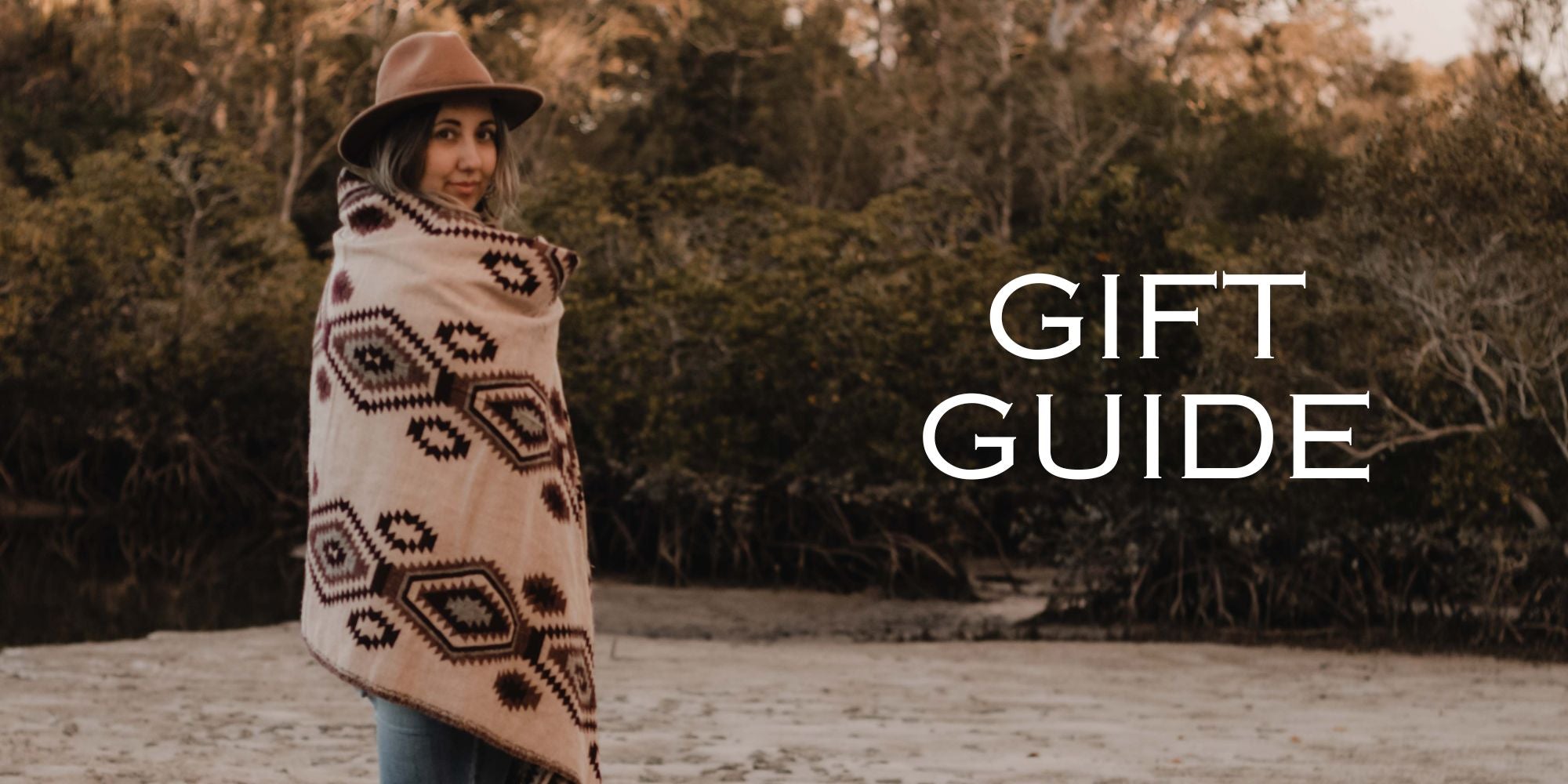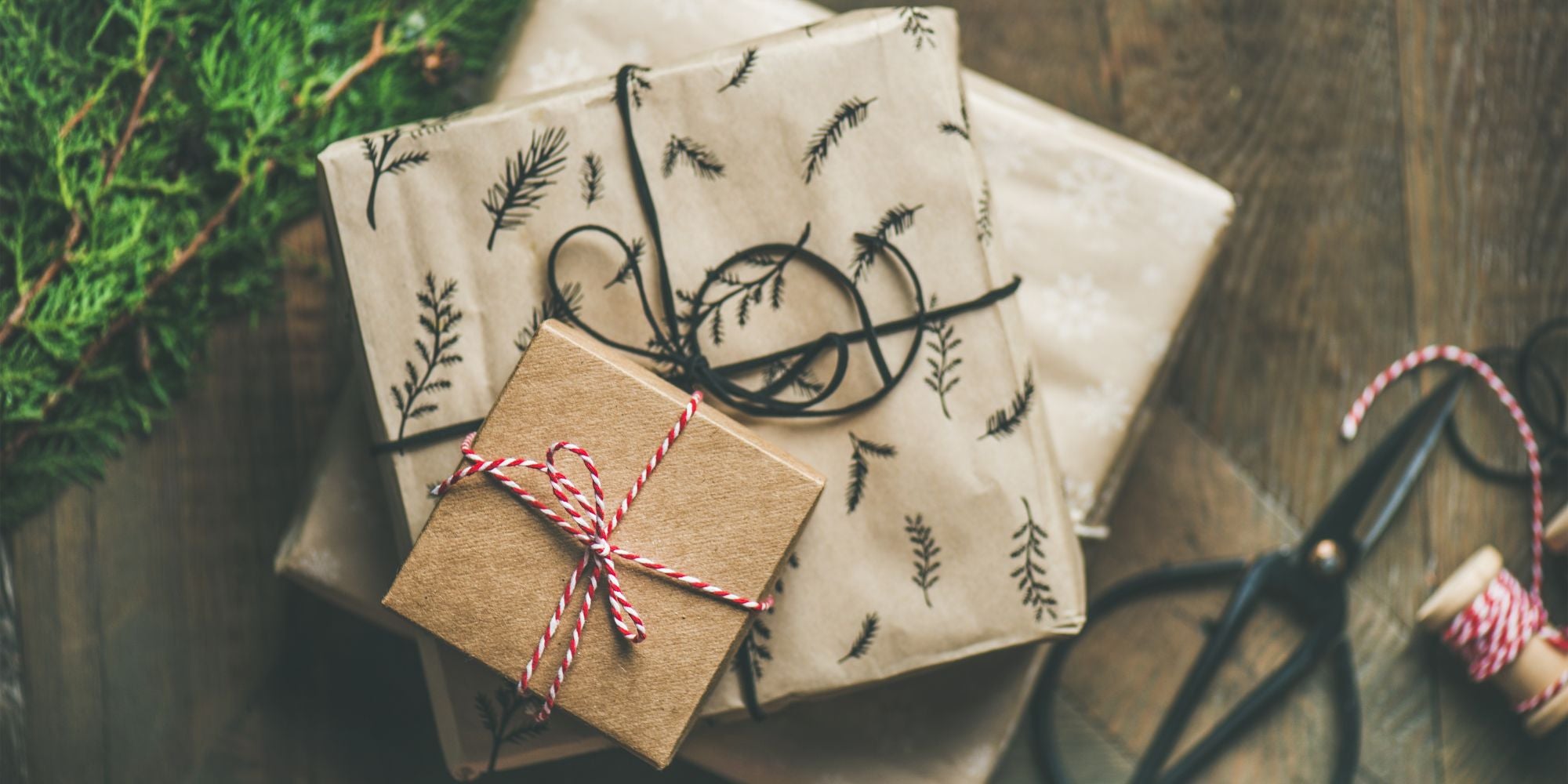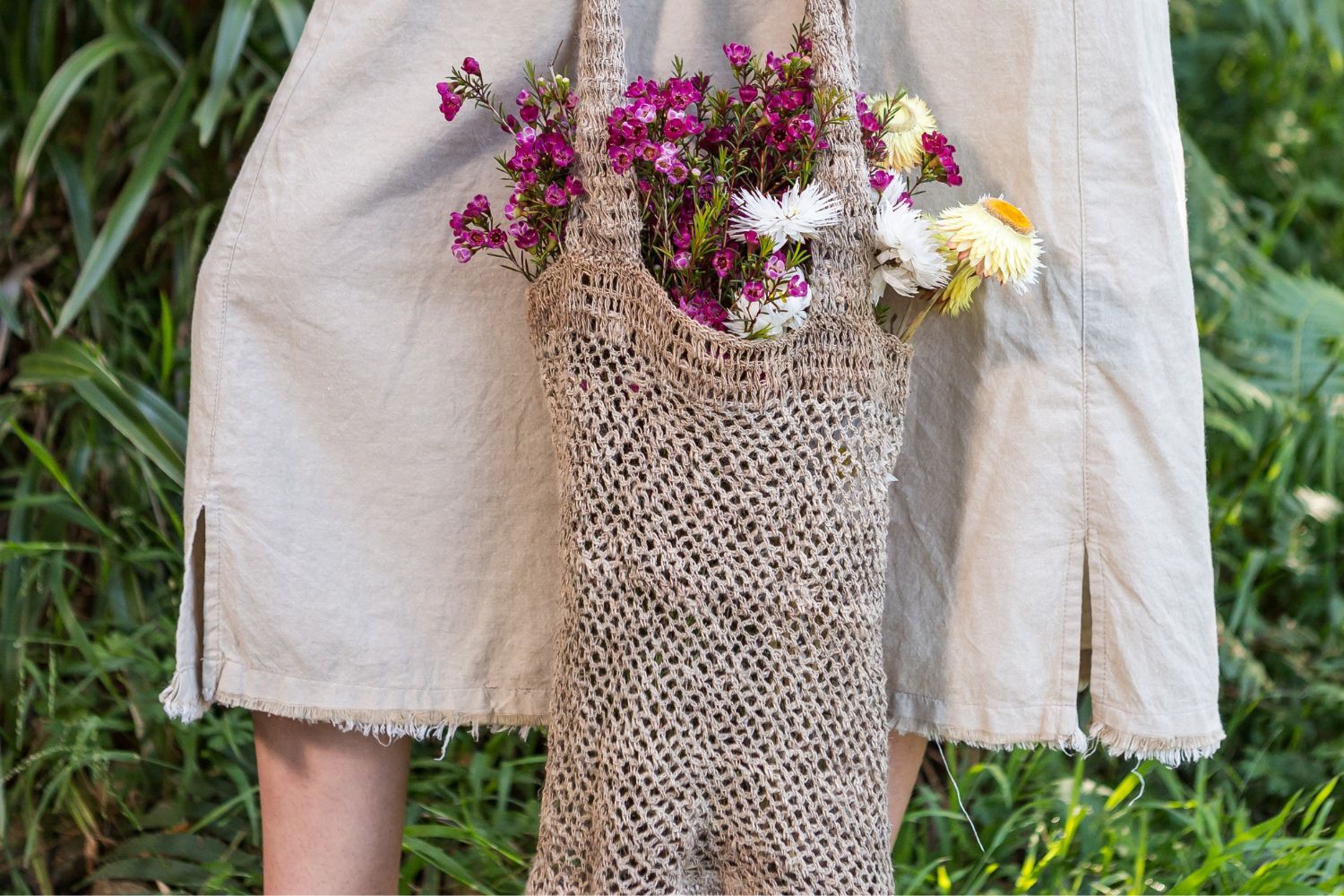
It's important to us at Surya to find out exactly where all the materials come from that go into our products, and it is an ongoing mission to document each part of the Hemp journey. It's a little difficult to capture the entire process in one trip to Nepal, as some of the processes take over one month each to complete, and we usually only stay a few weeks at a time when we go.
Hemp grows wild in Nepal, free from the use of chemicals and is powered naturally by the sun and the rain. It is now farmed in villages in Western Nepal to provide enough materials for the growing export demand, although traditionally it has always been grown and used for many reasons; the fibre is stong and durable, the leaves and sap are used as a painkiller and sedative, and the roots are useful for burns and other wounds. The seeds are roasted and eaten to provide loads of great minerals and nutrients.

Once the plant has reached maturity, it is harvested by hand and then left in the sun to dry for 1 - 2 weeks. The stems and branches are then soaked in water for 2 - 3 days, and then dried out again. Once it has dried out completley, it is then 'bashed' with a stick to fragment the fibre otherwise it would not split easily.

In Nepal, spinning means entirely by hand and onto a stick!

Following this process, it is then put into balls (see pic below) to be sold to artisans in the cities who will create finished products from the hemp.

And the final step: the completed balls are ready for sale.

In Nepal, the villages control the whole hemp process; from growth to harvest to sale. Sometimes we cannot order our pieces, as, for example it is rice harvesting time, and the whole village will be busy picking rice. And this is how it should be; we cannot allow trade where villages choose to 'grow money' instead of food.
The villages liase between the cities through local 'collectors' who physically transport the hemp to the city and negotiate prices and quantities. We were introduced to the collectors who grow, transport and sell our hemp in Kathmandu, and were pleasantly surprised to discover they were three women from the same village who had developed this into their own business :)
The villages liase between the cities through local 'collectors' who physically transport the hemp to the city and negotiate prices and quantities. We were introduced to the collectors who grow, transport and sell our hemp in Kathmandu, and were pleasantly surprised to discover they were three women from the same village who had developed this into their own business :)

These business savvy ladies were completley welcoming and provided us with all the info we wanted to know about hemp in general and their business. They had a HUGE sence of humour, and were LOVING the chance to show off their knowledge and expertise to our camera - although they were surprised by our amazement at something they could perform with their eyes closed.
The skill of turning a plant into a 'thing' is lost in Australia - it is too labour intensive for us now. We must rely on these ancient traditions begin passed down in developing countries. We (as a world) cannot lose this knowledge!
We are so proud to be supporting the Nepali Hemp industry, and look forward to updating you with more pieces of the puzzle as we document them :)
The skill of turning a plant into a 'thing' is lost in Australia - it is too labour intensive for us now. We must rely on these ancient traditions begin passed down in developing countries. We (as a world) cannot lose this knowledge!
We are so proud to be supporting the Nepali Hemp industry, and look forward to updating you with more pieces of the puzzle as we document them :)
Click here to browse our unique Hemp Collection of hats, bags, thread balls, garlands, and belts.
Until next time,
Mel Xx















